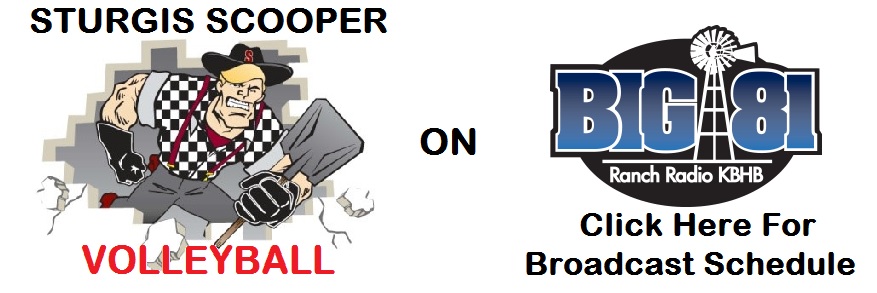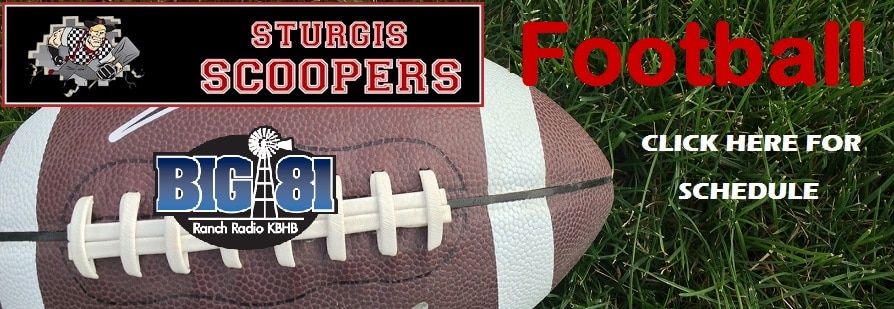BROOKINGS, SD – Veterinarians across the state have relied on technology over the years to assist clients through blizzards and busy calving seasons. Russ Daly, South Dakota State University Professor, SDSU Extension Veterinarian and State Public Health Veterinarian for the South Dakota Department of Health, says this year may be a good time to revisit service offerings and client expectations.
“Of all the professionals in South Dakota, veterinarians are likely the best of all at being connected to their clients and patients. Late-night calls for help with cows calving and injured dogs have been part of veterinary practice since the advent of telephones. With today’s technology, that connection has evolved into a perception among many clients that their veterinarians are available 24/7 to respond to texted messages, pictures and videos at no extra cost to them,” Daly says.

“While these messages and images can often be useful for the overall care and well-being of the animal, animal owners and caretakers should be respectful of the boundaries their veterinarians place on such communications. Furthermore, they should understand the value of that communication — and become comfortable with compensating their veterinarian for the time spent. Whether it’s looking at the animal in a chute or looking at it over FaceTime, it’s still the practice of medicine, and it has value.”
Daly recommends that mixed-animal veterinarians establish and communicate policies for telemedicine in their practices, including the need to establish a veterinary-client-patient relationship. The American Veterinary Medical Association has developed AVMA Guidelines that may be useful in developing such plans.
“I think we were doing it before it was called telemedicine,” says Dr. Mike Stiefvater, Salem Veterinary Service. “Coming from an era when I started my practice 26 years ago and purchasing a pager and a bag phone, that was a pretty significant step to allow the mobility [so] that people could reach you on the go. You could actually do something besides sit at home and wait for the phone. In some ways, telemedicine started at that point, but it accelerated dramatically with smartphones, because then I could receive pictures, short videos, phone calls and text messaging, which has been really significant for the clients to ask questions.”
While technology has been a staple since day one in Stiefvater’s practice, he says the biggest area [where] veterinary medicine is lacking is compensation.
“The big problem that veterinary medicine has so far is it is behind all the other professions, in that typically we are not charging for any of our time or expertise, and so when we assume that role and we accept that call or text and respond, we’re practicing medicine and giving advice recommendations,” Stiefvater says. “That becomes a challenging part, as there are certain situations, whether it’s distance [or] schedule conflicts, where you’re already in an appointment, so you don’t have time to see the animal on a timely manner, and you give that advice and then there’s no compensation.”
The South Dakota Veterinary Medical Examining Board does not have specific guidance or rules on the use of telemedicine, however State Veterinarian Dr. Dustin Oedekoven, says the practice should only be implemented after all American Veterinary Medical Association (AVMA) veterinarian-client-patient relationship conditions have been met.
“Telehealth is viewed by the board as a tool to be used by veterinarians in the context of an established veterinarian-client-patient-relationship,” Oedekoven says. “The Board does reference both the AVMA guidelines and the telehealth guidance from the American Association of Veterinary State Boards (AAVSB).”












